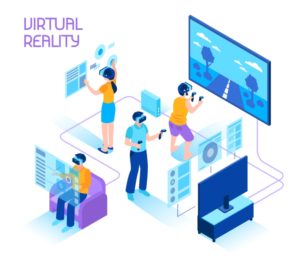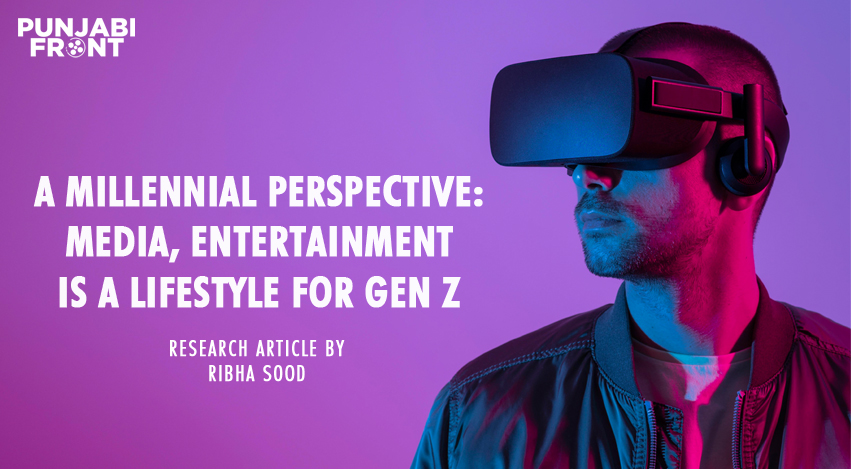A Millennial Perspective: Media, entertainment may be a lifestyle for Gen Z
“Jerry is 15 years old. He goes to an online school, reads e-books, submits assignments on e-mail, buys food from his favorite restaurant on Swiggy, shops essentials on Amazon, plays Subway Surfers with friends, interacts with people on Snapchat, shows his creative side on Instagram, and reads news on Twitter. Some of you might think Jerry is crazy, some might say he is overusing technology while there are some others who would relate to him and exclaim this is how life is!”

A Preteen boy uses a laptop to make online classes. E-Education Distance Learning, Home Schooling.
“Well, Jerry belongs to the most recent generation of passionate beings born to be digital. Unlike boomers (born between1946-64) who use television, newspapers, and radio as a means of mass media and the newer generations that have transcended traditional boundaries only to some extent, Jerry lives a life which is completely digital and hyper-connected,” said Ribha Sood, a millennial (born between 1980-95/6) and a young professional working in the media and entertainment sector.
GEN Z LIVES VIRTUALLY
Ribha said that the way we understand and consume media changes with the evolution of technology and the behavioral changes enabled by it. “With technology becoming accessible and friendlier, the dependency on media increases across generations. However, it is the Gen Z (born between 1996-2012) which has adopted digital communication, media, and entertainment to the greatest degree as they engage and live virtually,” she said.

Virtual reality isometric composition with people in headsets immersing in vr world holding motion controllers vector illustration
Based on her research, she said that the next generation has a lesser attention span than people of her age (8 seconds as compared to 12 seconds in millennials). “They are born in a world where everything is readily available. They crave for digital sensations on social media where trends rule their thoughts and fear of missing out (FOMO) dominates their mind,” she said, adding that the most popular platforms among the Gen Z users are Instagram and YouTube.
NOW, ENTERTAINMENT SERVED ON OTT

She further said that the entertainment industry is also going through a great transition as many over-the-top (OTT) platforms are coming up at regional and national levels, thereby increasing the digital consumption of people belonging to different generations. She added that media and entertainment are the fastest growing sectors that are actively bringing out more platforms for consumer use.
She substantiated these findings with an EY report, according to which, the Indian media and entertainment (M&E) sector stood at Rs. 1.38 trillion (~ US$ 18 billion) in 2020 and is estimated at Rs. 1.79 trillion (~ US$ 24 billion) in 2021. Further, it is projected to grow to Rs. 2.23 trillion (~ US$ 29 billion) by 2023, due to the acceleration of digital adoption among users across geographies.
ABOUT THE AUTHOR

Ribha Sood is presently working as a Public Relations Manager with Pitaara TV, a Chandigarh-based entertainment channel. Previously, she worked as a Correspondent with Hindustan Times and Associate Client Relations with EB5 BRICS- the go-to source for everything related to EB-5 Green Card Program. Besides, she has the experience of working as a freelancer with Art Hill, a Gurugram-based advertising agency, an online magazine titled Bluetook, global education consultancy Overseas Admissions, and a guest writer for a news website, to name a few.
Academically, she has done her Graduation in Public Administration (Honours) followed by Masters’s in English Literature and a Post Graduate Diploma in Mass Communication. With a diverse experience of around five years in the industry, she has formed her own view of how people and media interact across generations and this she calls a millennial perspective.

